
Honda HR-V 4x4 (2015-2020) running costs and reliability
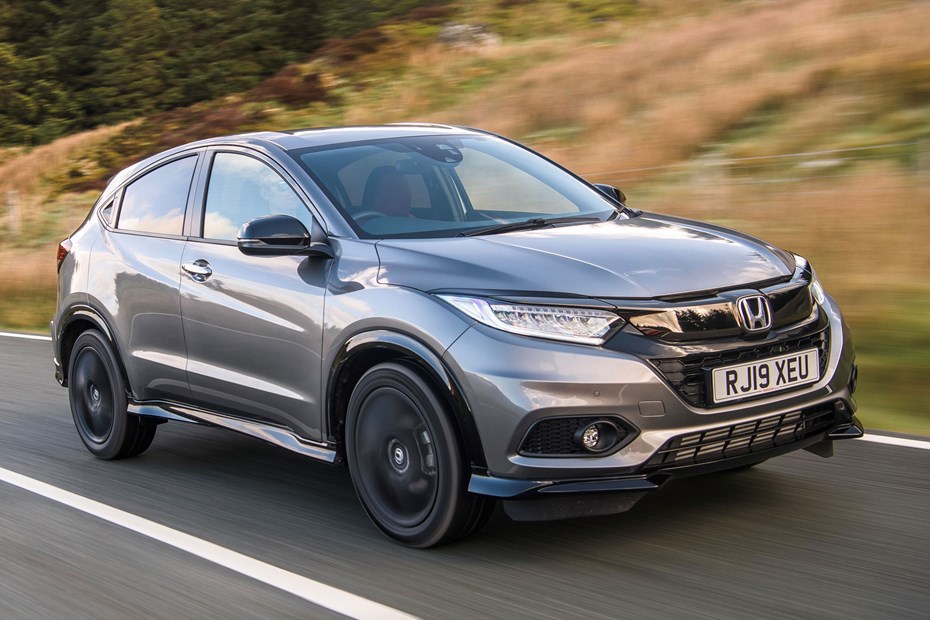
Miles per pound (mpp) ⓘ
| Petrol engines | 5.7 - 6.3 mpp |
|---|---|
| Diesel engines | 6.9 - 7.2 mpp |
Fuel economy ⓘ
| Petrol engines | 39.2 - 42.8 mpg |
|---|---|
| Diesel engines | 54.3 - 56.5 mpg |
Day-to-day running costs are unlikely to be ruinously expensive. All models, bar the 1.5-litre turbocharged petrol engine with the automatic gearbox, come with stop-start as standard. All models also come with an ECON drive mode to maximise fuel economy, by softening the throttle response.
If achieving low Honda HR-V running costs are your primary concern then its best to stick with the excellent 1.6-litre i-DTEC diesel.
Choose the S specification on its 16-inch alloys and the quoted figure is 56.5mpg, with CO2 emissions of 105g/km.
With SE and EX models riding on 17-inch wheels and 18-inch wheels, those numbers dip slightly to 55.4mpg and 54.3mpg respectively. Both have an identical CO2 emissions rating of 108g/km.
Of course, not everyone wants or needs diesel, while some customers may be adamant they must drive an automatic – a choice only available in conjunction with the 1.5-litre i-VTEC petrol engines.
.jpg)
Choose the entry-level 130hp engine, and again, the wheel size affects efficiency: on the S model’s 16-inchers, Honda claims an average of 42.8mpg and 130g/km of CO2, while those on 17s are rated at 42.2mpg and 132g/km.
Opt for the CVT automatic gearbox and fuel economy drops slightly to 41.5mpg, but CO2 emissions also decline down to 122g/km.
The most powerful 1.5-litre turbocharged petrol engine in the Sport claims to achieve 42.2mpg and emits 135g/km of CO2. During our time of testing, we averaged an indicated 38.8mpg over a mixture of roads. We suspect this would be slightly higher if we had spent more time on the motorway.
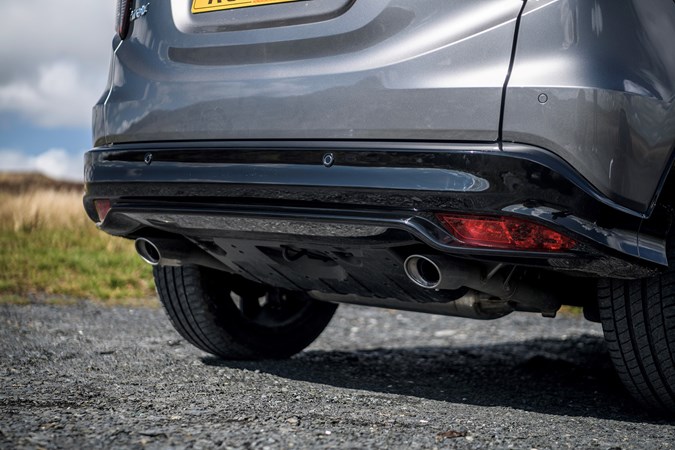
Going for the automatic gearbox makes it slightly worse on both counts, with fuel economy dipping down to 39.2mpg and CO2 output rising to 137g/km.
Reliability
Rivals will be envious of expected Honda HR-V reliability levels, such is the brand’s reputation for robustness and longevity. However, Honda doesn’t back this up with a long warranty like its Kia or Toyota rivals – instead, you just get three years and 60,000 miles of cover.
Mechanically the HR-V is strong, although both the 1.5-litre i-VTEC engine and the CVT automatic gearbox are new – but they will also be shared with the new Honda Jazz, a car with which the HR-V shares many of its underpinnings.
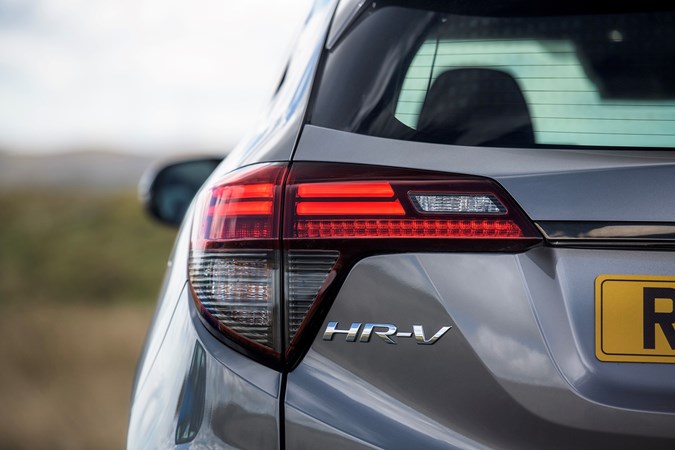
While Hondas haven’t historically had the most sumptuous of interior fixtures and fittings – there’s an appreciable uplift with the HR-V, though – the brand enjoys a significant degree of repeat business because consumers appreciate the sheer ease of use and built-to-last nature of the cars and their components.
Nowhere your hands explore about the HR-V’s interior do you come across fragile elements of trim that suggest they’ll work their way loose after repeated use, or break completely within the less careful grasp of an overenthusiastic child.
There has been one safety recall in 2018 for the HR-V, where the engine and windscreen wipers would stop working due to a broken harness in the front left chassis rail.
Ongoing running costs
| Road tax | £20 - £195 |
|---|---|
| Insurance group | 18 - 27 |
Get an insurance quote with

|
|



.jpg)
.jpg)
.jpg)
.jpg)
.jpg)
.jpg)
.jpg)
.jpg)
.jpg)
.jpg)
.jpg)
.jpg)
.jpg)
.jpg)
.jpg)
.jpg)
.jpg)
.jpg)
.jpg)

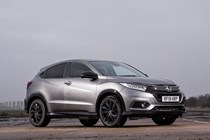
.jpg)
.jpg)
.jpg)
.jpg)
.jpg)
.jpg)
.jpg)
.jpg)
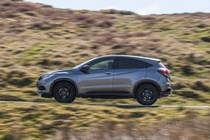
.jpg)
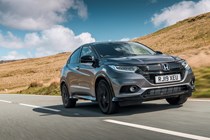
.jpg)
.jpg)
.jpg)




.jpg)
.jpg)
.jpg)
.jpg)
.jpg)
.jpg)
.jpg)
.jpg)
.jpg)
.jpg)
.jpg)
.jpg)
.jpg)
.jpg)


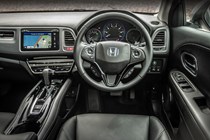
.jpg)
.jpg)
.jpg)
.jpg)
.jpg)
.jpg)
.jpg)
.jpg)
.jpg)
.jpg)
.jpg)
.jpg)
.jpg)
.jpg)
.jpg)
.jpg)
.jpg)
.jpg)
.jpg)
.jpg)
.jpg)
.jpg)
.jpg)
.jpg)
.jpg)
.jpg)
.jpg)
.jpg)
.jpg)
.jpg)
.jpg)
.jpg)
.jpg)
.jpg)
.jpg)
.jpg)
.jpg)
.jpg)
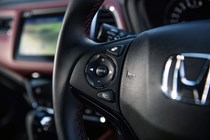




.jpg)
.jpg)
.jpg)
.jpg)
.jpg)
.jpg)
.jpg)
.jpg)
.jpg)
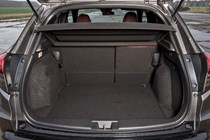
.jpg)
.jpg)
.jpg)
.jpg)
.jpg)
.jpg)
.jpg)
.jpg)
.jpg)
.jpg)

.jpg?quality=50)
.jpg?quality=50)
.jpg?quality=50)
.jpg?quality=50)
.jpg?quality=50)
.jpg?quality=50)
.jpg?quality=50)
.jpg?quality=50)
.jpg?quality=50)
.jpg?quality=50)
.jpg?quality=50)
.jpg?quality=50)
.jpg?quality=50)
.jpg?quality=50)
.jpg?quality=50)
.jpg?quality=50)
.jpg?quality=50)
.jpg?quality=50)
.jpg?quality=50)


.jpg?quality=50)
.jpg?quality=50)
.jpg?quality=50)
.jpg?quality=50)
.jpg?quality=50)
.jpg?quality=50)
.jpg?quality=50)
.jpg?quality=50)

.jpg?quality=50)

.jpg?quality=50)
.jpg?quality=50)
.jpg?quality=50)




.jpg?quality=50)
.jpg?quality=50)
.jpg?quality=50)
.jpg?quality=50)
.jpg?quality=50)
.jpg?quality=50)
.jpg?quality=50)
.jpg?quality=50)
.jpg?quality=50)
.jpg?quality=50)
.jpg?quality=50)
.jpg?quality=50)
.jpg?quality=50)
.jpg?quality=50)



.jpg?quality=50)
.jpg?quality=50)
.jpg?quality=50)
.jpg?quality=50)
.jpg?quality=50)
.jpg?quality=50)
.jpg?quality=50)
.jpg?quality=50)
.jpg?quality=50)
.jpg?quality=50)
.jpg?quality=50)
.jpg?quality=50)
.jpg?quality=50)
.jpg?quality=50)
.jpg?quality=50)
.jpg?quality=50)
.jpg?quality=50)
.jpg?quality=50)
.jpg?quality=50)
.jpg?quality=50)
.jpg?quality=50)
.jpg?quality=50)
.jpg?quality=50)
.jpg?quality=50)
.jpg?quality=50)
.jpg?quality=50)
.jpg?quality=50)
.jpg?quality=50)
.jpg?quality=50)
.jpg?quality=50)
.jpg?quality=50)
.jpg?quality=50)
.jpg?quality=50)
.jpg?quality=50)
.jpg?quality=50)
.jpg?quality=50)
.jpg?quality=50)
.jpg?quality=50)





.jpg?quality=50)
.jpg?quality=50)
.jpg?quality=50)
.jpg?quality=50)
.jpg?quality=50)
.jpg?quality=50)
.jpg?quality=50)
.jpg?quality=50)
.jpg?quality=50)

.jpg?quality=50)
.jpg?quality=50)
.jpg?quality=50)
.jpg?quality=50)
.jpg?quality=50)
.jpg?quality=50)
.jpg?quality=50)
.jpg?quality=50)
.jpg?quality=50)
.jpg?quality=50)